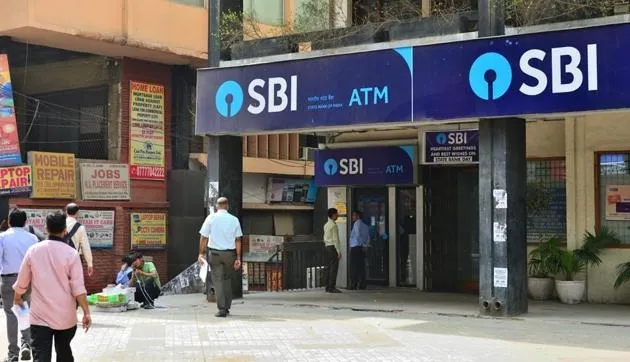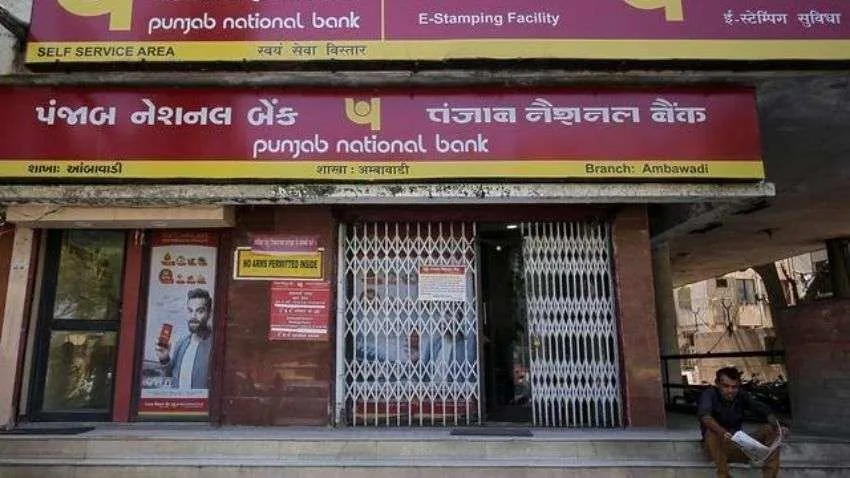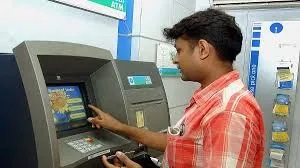The Indian government has revealed a significant financial disparity among public sector banks (PSBs) in terms of ATM cash withdrawal fees. While the State Bank of India (SBI) has generated substantial revenue from ATM transactions, most other PSBs have been facing losses in this area. Over the past five years, SBI earned ₹2,043 crore from ATM withdrawal fees, whereas nine other PSBs collectively suffered losses amounting to ₹3,738.78 crore.

Among other PSBs, only Punjab National Bank (PNB) and Canara Bank managed to earn profits, making ₹90.33 crore and ₹31.42 crore, respectively, from ATM transactions. The data was presented in a written response in the Lok Sabha.
Why SBI Leads in ATM Fee Income
According to the government’s report, SBI has consistently recorded higher ATM fee earnings over the past five years. This success is attributed to its extensive ATM network and structured fee policies. In contrast, other PSBs struggle to recover operational costs due to declining transaction volumes and inefficient fee structures.
Member of Parliament (MP) NK Premachandran raised a query regarding the earnings of PSBs from ATM transactions beyond the free withdrawal limit. In response, Minister of State for Finance Pankaj Chaudhary outlined the withdrawal rules set by the Reserve Bank of India (RBI).

As per RBI guidelines, bank customers can make up to five free transactions (financial and non-financial) per month at their own bank’s ATMs. Additionally, customers are allowed limited free transactions at other banks’ ATMs—three in metro cities and five in non-metro areas. Beyond these limits, banks charge a fee of ₹21 plus applicable taxes per transaction, based on their board-approved policies.
The ATM Network of Public Sector Banks
Data from the RBI shows that as of January 2025, public sector banks operate a total of 135,908 ATMs across India. SBI leads with the highest number, operating 64,993 ATMs. PNB follows with 12,974 ATMs, while Canara Bank operates 11,968 ATMs.
Despite this widespread ATM presence, most PSBs are unable to generate sufficient fee income from withdrawals. A key reason is their struggle to balance operational costs with revenue from ATM charges.

RBI Guidelines and Challenges for PSBs
Banks are required to follow RBI’s guidelines on service charges and minimum balance requirements, which can limit their ability to recover costs effectively. RBI circulars issued in 2014 and 2015 allow banks to determine their service charges based on their internal policies. However, many PSBs have not been able to implement fee structures that make ATM operations financially sustainable.
Minister Pankaj Chaudhary also clarified that while banks can set their own service fees and penalties within RBI regulations, not all banks have optimized their policies to ensure profitability.
Impact of SBI’s No-Penalty Policy
SBI, India’s largest public sector bank, has not been charging penalties for non-maintenance of minimum balance in regular savings accounts since March 2020. While this move supports financial accessibility, it also reduces potential revenue sources for smaller banks struggling to maintain profitability.

For accounts under the Pradhan Mantri Jan Dhan Yojana (PMJDY), no minimum balance is required, further limiting banks’ ability to generate revenue through account maintenance fees.
The Future of ATM Transactions in a Digital Era
With digital banking gaining popularity, ATM usage patterns are shifting. Public sector banks must rethink their ATM strategies to remain financially viable. SBI’s success in generating fee income while other PSBs face losses highlights the urgent need for policy adjustments.
As customers increasingly prefer online banking, the future of ATM fee income for PSBs will depend on how efficiently they adapt to this changing landscape while ensuring financial inclusion remains a priority.
